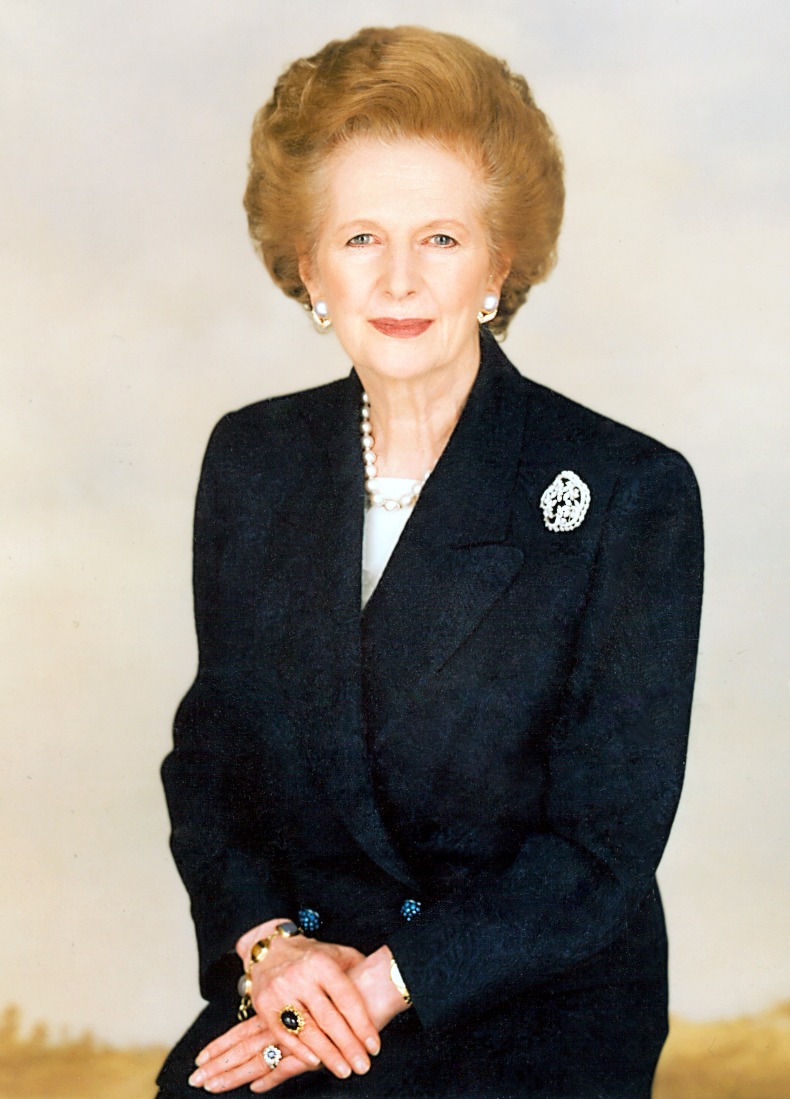The journey of fashion through the ages encapsulates a rich tapestry of social evolution, cultural shifts, and technological advancements. From the elaborate constrictions of the Edwardian era’s “S-bend” corset to the freeing influence of mid-20th-century ready-to-wear, fashion trends have both mirrored and influenced societal changes. Early historical designs, rooted as far back as Ancient Rome and Egypt, established clothing as a marker of status, with the industry later experiencing seismic shifts due to political upheavals, such as the impact of the French Revolution on 18th-century Parisian dressmakers.
By the turn of the 20th century, fashion became an even more dynamic force, reflecting the changing roles and attitudes across gender and class lines. Subcultural styles emerged, challenging mainstream aesthetics and embedding clothing choices with deeper ideological significance. This was paralleled by the advent of iconic designers who left indelible marks on the fabric of fashion history, from the opening of independent boutiques to the bold declarations of brands dictating trends well into the 21st century.
Fashion’s historical timeline is not merely a chronology of changing styles but a reflection of human expression and identity over time. It’s a narrative punctuated by revolutionary moments, from technological innovations in textile production to the globalization of fashion influences. These developments intertwine with societal narratives, showcasing fashion as an evolving dialogue between creativity, culture, and commerce.
Photo: Jacqueline Kennedy at Vijay Chowk, New Delhi in March 1962
Origins of Clothing and Fashion
The genesis of clothing and fashion reflects humanity’s evolution in art and culture, with materials and textiles being pivotal in sociocultural expressions across civilizations.
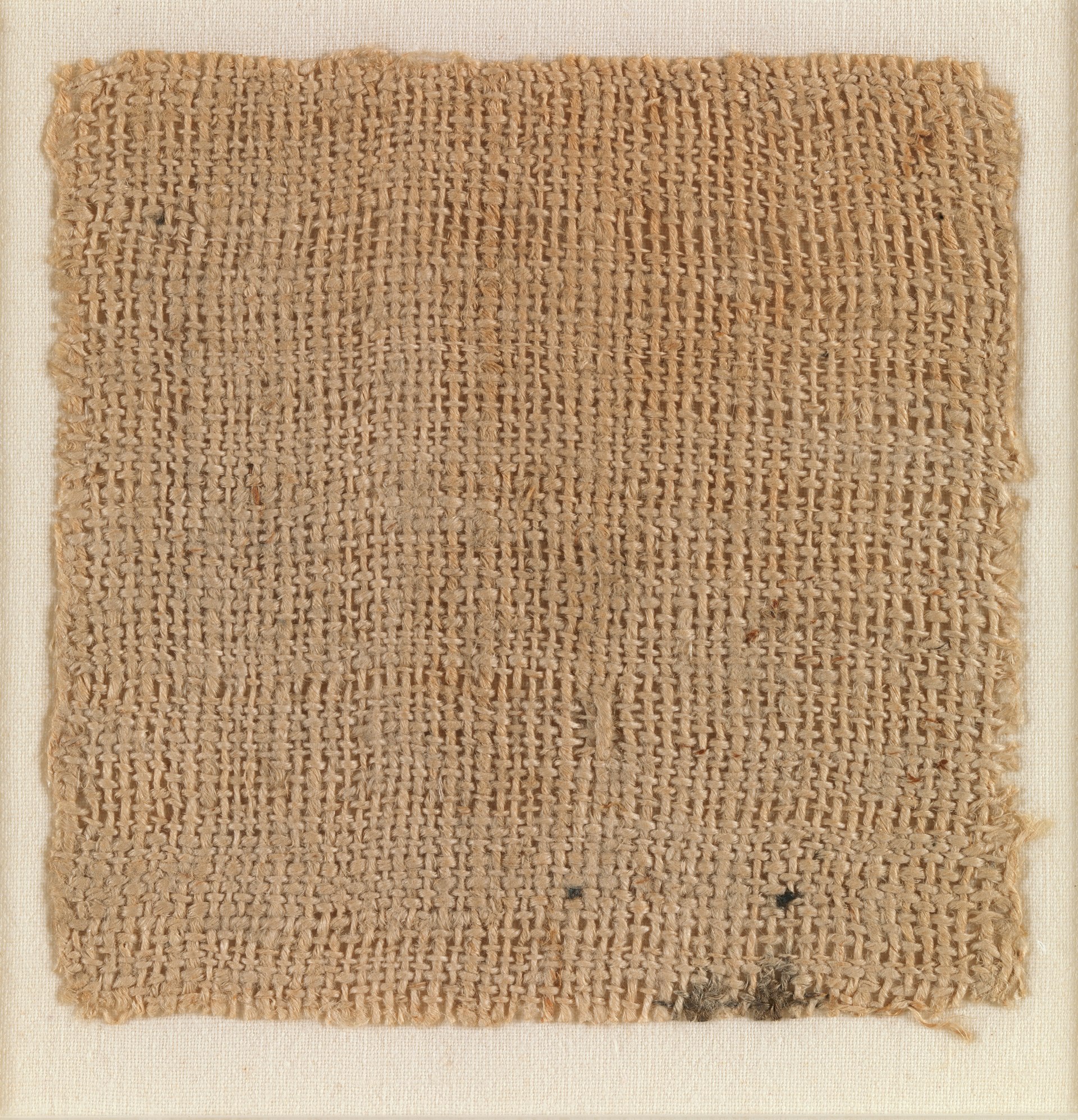
Ancient Textiles and Materials
Ancient civilizations not only cultivated the practical aspect of clothing for protection but also regarded them as cultural artifacts. The earliest textiles can be traced back to around 100,000 to 500,000 years ago with evidence of dyed flax fibers. Ancient Egypt and Rome are known for their linen and wool garments, respectively. These materials were spun, woven, and dyed using techniques that laid the foundation for textile production. Silk, a significant invention attributed to Ancient China, indicates the sophistication in textile creation and the intricate trade relationships through the Silk Road.
List of typical materials used in ancient clothing:
- Linen: Predominantly used in Egypt due to the favorable climate for flax plants.
- Wool: Common in Rome, Greece, and the Middle East, often associated with warmth and durability.
- Silk: Synonymous with Ancient China, signifying luxury and intricate craftsmanship.
- Cotton: Found in India, Egypt, and later in the Americas, cotton was known for its breathability and light texture.
- Leather and furs: Used by many nomadic tribes and in colder climates for their insulation properties.
Cultural Significance of Dress
In ancient times, one’s attire was a direct indicator of social status and role within their community or empire. Clothing designs were not merely functional but carried substantial importance in cultural identity and artistic expression. Garments like the Roman toga or the Egyptian headdress were imbued with significance and symbolized status, power, or religious affiliation. Festivals, ceremonies, and rites were occasions for elaborate dress that communicated wealth or piety. Also, adornments were not merely decorative but had purpose and meaning, often aligning with cultural values or mythologies.
Key points on cultural significance in clothing:
- Attire as a status symbol: Heavier, more ornate clothing often signified higher social standing.
- Ceremonial garments: Specific designs reserved for religious or formal events to denote significance.
- Adornments and symbols: Jewelry and patterns conveyed messages about identity, belief systems, and societal roles.
Incorporating both textile innovation and a deep-seated place in cultural tradition, clothing and fashion carry with them timeless narratives of human history.
The Evolution of Fashion Through the Ages
Fashion reflects the cultural, social, and economic influences of its time, evolving through periods such as the Middle Ages and moving forward into the opulence of the Victorian era.
Middle Ages to the Victorian Era

During the Middle Ages, fashion was largely influenced by necessity and social status. Clothing was functional, made from coarse fabrics for the lower classes while the nobility wore finer materials. There were strict dress codes based on social hierarchy, and full-length tunics were the norm for both men and women, often worn with stockings or hose.
As the centuries progressed, fashion history marked the move into the Victorian Era. Here, a more intricate and ornate style took hold. Women’s fashion was characterized by tightly laced corsets, accentuating the waist, and full skirts that evolved from bell-shaped to bustled silhouettes. Men’s fashion settled on the three-piece suit that included tailcoats, waistcoats, and trousers. Fabrics used were lavish, with velvet, silk, and lace favored by the wealthy.
Romantic and Regency Fashion
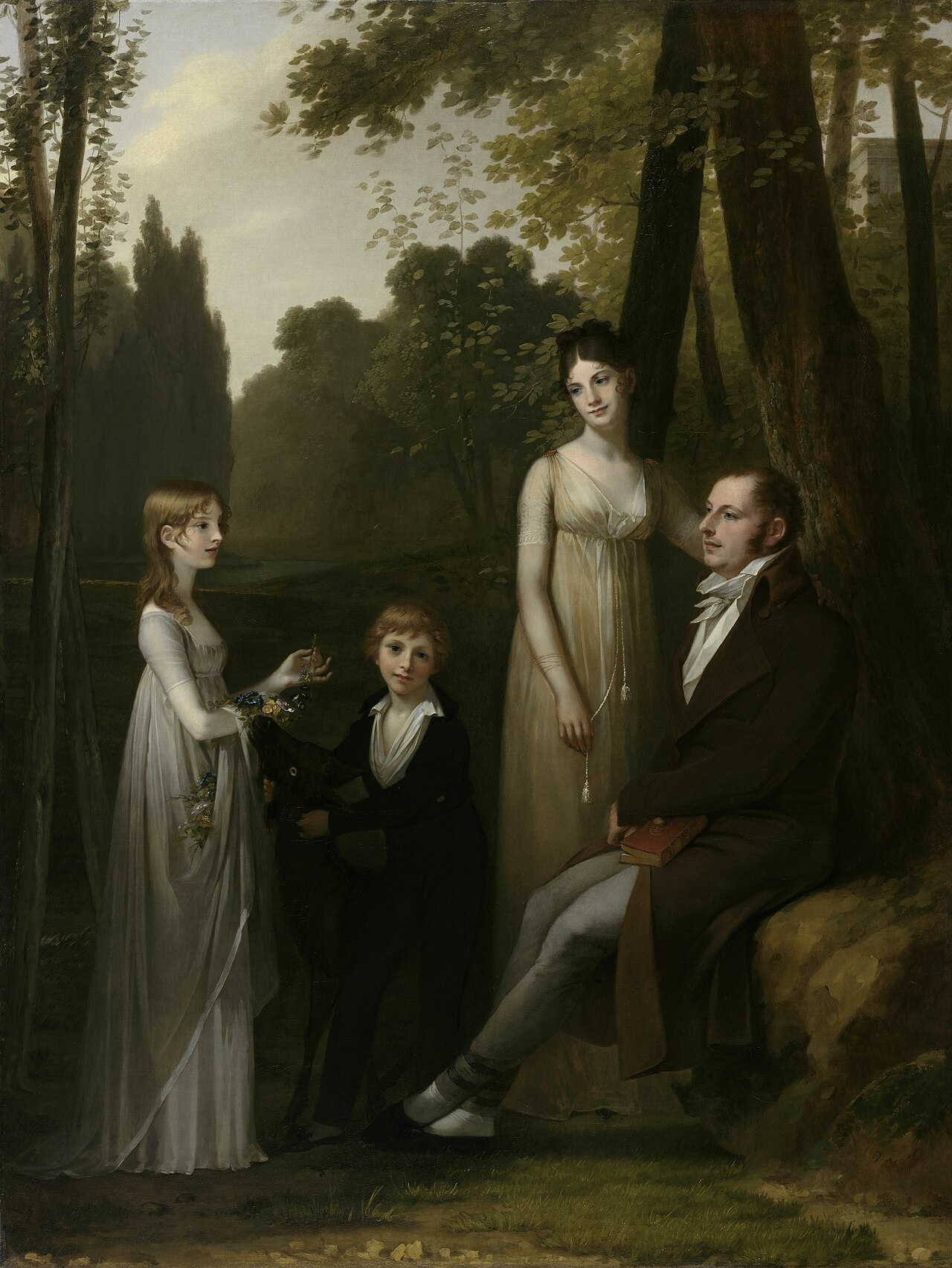
The Romantic Era saw a shift away from rigid formality. Women’s dresses became softer and less structured, with natural waistlines and lowered necklines for evening wear. The use of lightweight fabrics such as muslin was popularized. Regency fashion for men showcased well-tailored coats, with a focus on clean lines and a polished look. Perhaps most notably, it was during this era that the iconic empire waist gown became synonymous with Regency fashion.
These periods laid the groundwork for many of the fashion styles we recognize today, with emphasis on silhouette and fabric choice that highlighted the social trends and values of their respective times.
Rise of the Fashion Industry
The fashion industry’s ascent was marked by the emergence of skilled fashion designers and the expansion of influential design houses that shaped global fashion trends.
Emergence of Fashion Designers and Fashion Houses
In the late 1700s, personal dressmakers like Marie Antoinette’s led to the advent of fashion designers as pivotal figures in fashion. These craftsmen turned their artistry into a profession, creating not just clothing but also defining style and trends. By establishing their own shops and brands, they began to leave a significant mark on the industry.
As designers started gaining recognition, their workshops evolved into design houses—institutions that greatly influenced fashion. The 20th century saw these houses become establishments where not only clothing but also the future of fashion were deliberated upon. They became trendsetters, dictating the sartorial choices of the public through their collections.

Here are some notable figures and establishments:
- Charles Frederick Worth (1825–1895): Often regarded as the father of haute couture, Charles Frederick Worth was an English designer who worked in Paris. He founded the House of Worth in 1858. Worth was the first to sew branded labels into his garments, and he is credited with moving fashion design away from mere dressmaking into an artistic realm.
- Paul Poiret (1879–1944): A leading French fashion designer in the early 20th century, Poiret was known for liberating women from corsets and introducing a more comfortable and relaxed silhouette. He is also famous for his lavish parties and promotional stunts.
- Coco Chanel (1883–1971): Gabrielle “Coco” Chanel revolutionized women’s fashion in the early 20th century by introducing a more casual and simplistic feminine style, including the famous “little black dress.” Her brand, Chanel, remains a leading name in fashion.
- Jeanne Lanvin (1867–1946): Lanvin, a French designer, began her fashion house in the late 19th century, initially focusing on children’s clothing and later expanding into women’s fashion. She is known for intricate trimmings, virtuoso embroideries, and beaded decorations.
- Elsa Schiaparelli (1890–1973): An Italian designer working primarily between the world wars, Schiaparelli was known for her avant-garde, surreal designs and collaborations with artists like Salvador Dalí.
- Christian Dior (1905–1957): Dior rose to fame in the late 1940s with his “New Look,” which featured nipped-in waists and full skirts. His fashion house, Christian Dior, remains a major player in the fashion industry.
- Balenciaga: Founded by Cristóbal Balenciaga in 1919, this Spanish fashion house is known for its innovative and sculptural silhouettes.
- Hermès: Originally established by Thierry Hermès in 1837 as a harness workshop, Hermès evolved into one of the world’s most prestigious luxury fashion brands, especially known for its leather goods.
- Gucci: Guccio Gucci founded this Italian fashion house in 1921, initially specializing in leather goods and known for its fine craftsmanship.
- Louis Vuitton: Louis Vuitton, a French designer and entrepreneur, founded his eponymous luxury leather goods brand in 1854, which later expanded into a global fashion powerhouse.
These early designers and fashion houses laid the groundwork for the fashion industry, introducing innovative designs and branding strategies that continue to influence modern fashion. Their legacy is evident in the enduring popularity and respect their names command in the fashion world today.
Fashion in the 20th Century
The 20th century marked remarkable shifts in fashion, characterized by the liberation of women’s clothing silhouettes in the 1920s and the youth-driven high fashion of the 1960s. Each decade brought its own cultural influences and style icons that transformed fashion’s landscape.
Roaring Twenties and the Jazz Age
In the 1920s, fashion experienced drastic changes as women gained more social freedom. This decade, often referred to as the Roaring Twenties and the Jazz Age, saw women adopting shorter skirts and simpler shapes that facilitated ease of movement. Flapper dresses exemplified the era’s embrace of freedom, with dropped waists and rising hemlines that offered a stark contrast to previous restrictive styles. Women wore bobbed hair styles. Men’s fashion wasn’t left behind, with casual suits becoming more popular and the introduction of the fedora hat as a staple accessory as well as casual suits..
High Fashion and the Swinging Sixties
As the century progressed, the 1960s emerged as a pivotal decade for high fashion with a youth-centered movement. The Swinging Sixties were synonymous with cultural revolution and this was reflected in the clothing of the time. The miniskirt, introduced by designer Mary Quant, became an emblem of the decade and a symbol of the newly found sartorial freedom of women. High fashion also saw a democratization, with ready-to-wear collections making designer styles more accessible. Icons like Twiggy and The Beatles influenced everyday looks, while color blocking and geometric patterns dominated the visual scene of the decade. Women’s fashion was highlighted by Miniskirts and geometric patterns. Men’s fashion was highlighted by Mod suits and bright colors.
The 20th century was a time of rapid evolution in fashion, moving from the luxurious excess of the 1920s to the revolutionary simplicity and boldness of the 1960s, each reflecting the social changes and cultural currents of their time.
Fashion Trends and Social Movements
Fashion trends often serve as a reflection of social movements and cultural shifts. Two notable instances where style became an emblem of broader social change include the advent of hip-hop and urban styles, along with the emergence of grunge and minimalism in fashion.
Hip-Hop and Urban Styles
Hip-hop culture birthed an iconic fashion trend that underscored the genre’s social roots and rebellious spirit. From the streets to the global stage, baggy clothes, sneakers, and logo-laden apparel became synonymous with hip-hop’s rise in the 1980s and 1990s. These styles not only represented a distinctive look but also a form of expression and social status within the community. Artists donned tracksuits, leather bomber jackets, and leggings, using these fashionable elements to convey their identity and influence.
Key Elements of Hip-Hop Fashion:
- Oversized silhouettes
- Bold accessories (chains, rings)
- Brand logos
Social Impact:
- Fashion as a statement of belonging and prosperity
- Clothing as an extension of musical and lyrical expression
Grunge and Minimalism in Fashion
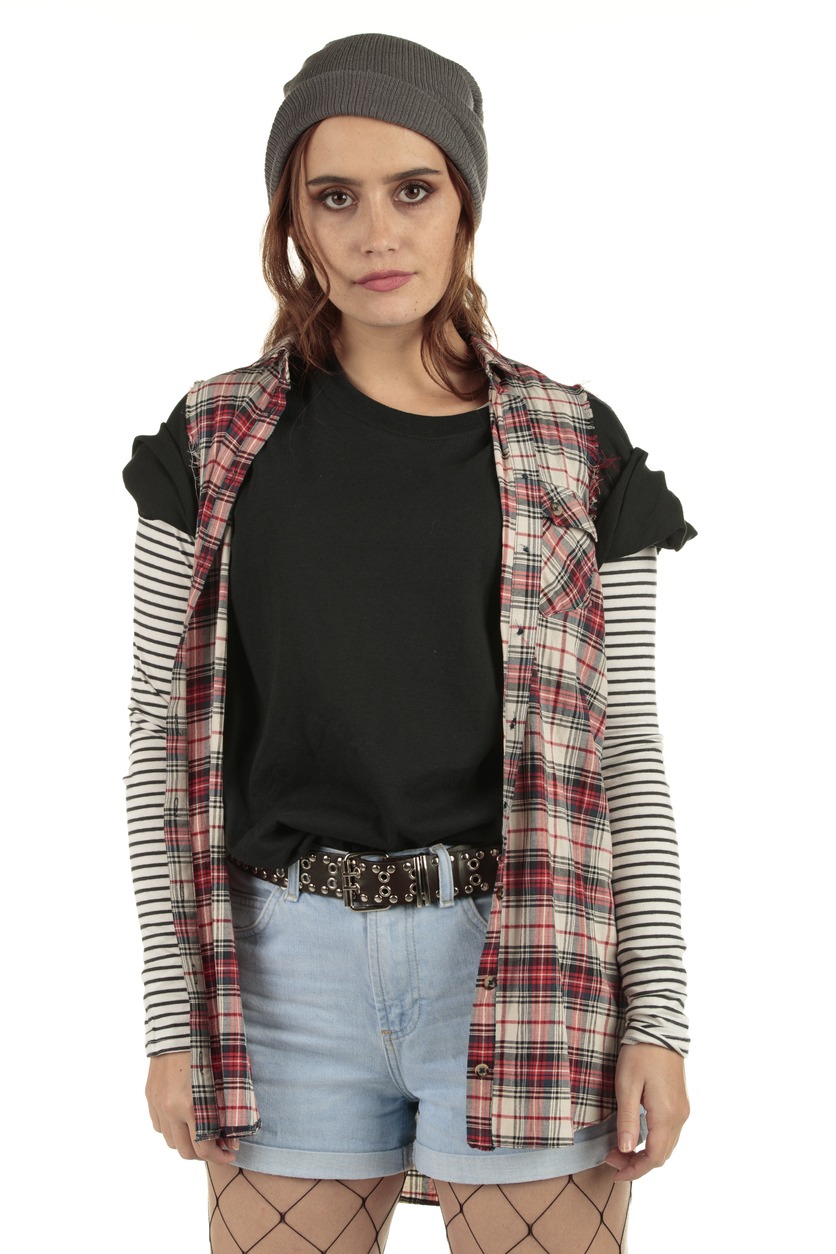
In contrast, the early 1990s saw the rise of grunge fashion, aligned with the gritty, raw sound of grunge music. The trend featured flannel shirts, ripped jeans, and combat boots, symbolizing a departure from the excess of the previous decade. Grunge was a form of anti-fashion at its core, a pushback against pretentiousness and a move toward minimalism.
Key Elements of Grunge Fashion:
- Plaid and flannel fabrics
- Layered, unkempt ensembles
- Drab, earthy color palettes
Social Impact:
- Rejection of societal norms and the traditional fashion industry
- Emphasis on comfort and individualism over conformity
Simultaneously, minimalism emerged in high fashion, manifesting in streamlined, power suit silhouettes and a muted color scheme. This minimalist approach stripped back the superfluous, presenting a clean and modern aesthetic that reflected the evolving attitudes towards simplicity and functionality in everyday life.
Understanding these connections between fashion trends and social movements provides insight into how communities communicate their values, contravene norms, and shape their identities through sartorial choices.
Iconic Fashion Decades and Styles
Fashion trends during the 1980s and 1990s were distinctive each decade bringing its own sense of rebellion and innovation to the forefront. These years witnessed the rise of power dressing and the dominance of supermodels, forever changing the fashion landscape.
1980s Power Dressing and Glamour
In the 1980s, fashion trends were synonymous with power dressing, a style characterized by sharp tailoring and strong silhouettes. This style reflected the corporate surge of the time and was about more than just appearance; it was a statement of authority and empowerment. Shoulder pads, prevalent in jackets and blouses, emphasized a wider, commanding frame. Influential figures such as Madonna embraced this dramatic style, incorporating leather, lace, and bold accessories that contributed to the era’s glitz and glamour.
Key Elements of 1980s Fashion:
- Bold shoulder pads
- Tailored suits
- Leather and lace
1990s Supermodels and Streetwear
The 1990s brought an altogether different fashion narrative, with supermodels, such as Kate Moss, becoming the faces of this decade’s chic. Jeans became a universal staple, moving from a symbol of rebellion to an everyday essential. High-fashion brands merged with streetwear, resulting in a relaxed yet polished style. The era was marked by minimalistic designs, with less emphasis on the extravagances of the previous decade and a focus on functionality and comfort.
Key Elements of 1990s Fashion:
- Rise of the supermodel
- Dominance of denim jeans
- Minimalism and streetwear influence
Material and Technology Innovations
The fashion industry has dynamically evolved through groundbreaking material and technology revolutions. From the development of new fabrics to the adoption of cutting-edge e-commerce platforms, these innovations have significantly influenced consumerism and textile production.
Synthetic Fabrics and Sustainability
Synthetic fabrics, such as nylon, polyester, and acrylic, emerged in the 20th century as alternatives to natural fibers. Their production processes have evolved to improve sustainability, addressing concerns over environmental impact. For example, the creation of recycled polyester from plastic bottles demonstrates a commitment to reducing waste.
Material Innovations
- Nylon: Introduced in the 1930s.
- Recycled Polyester: Utilizes post-consumer plastic products.
Sustainability Efforts
- Water conservation in production.
- Development of biodegradable synthetics.
Fashion Technology and E-Commerce
The rise of digital technology has transformed fashion retail. E-commerce emerged as a vital platform, allowing consumers to purchase fashion items from anywhere at any time. Designers and brands leverage advanced software for pattern making and 3D modeling, leading to enhancements in both design precision and manufacturing efficiency.
Technology in Design and Production
- 3D modeling software for accurate garment construction.
- Computer-aided design (CAD) systems streamline the creation process.
E-Commerce Milestones
- Introduction of online retail platforms.
- Integration of virtual fitting rooms and AI for personalized shopping experiences.
Fashion and Entertainment
The symbiosis between fashion and entertainment has been instrumental in propelling trends into the public eye. Movies and celebrities often set the stage for what becomes desirable in the fashion world, while art and fashion collaborations create innovative styles that resonate culturally.
Influence of Movies and Celebrities
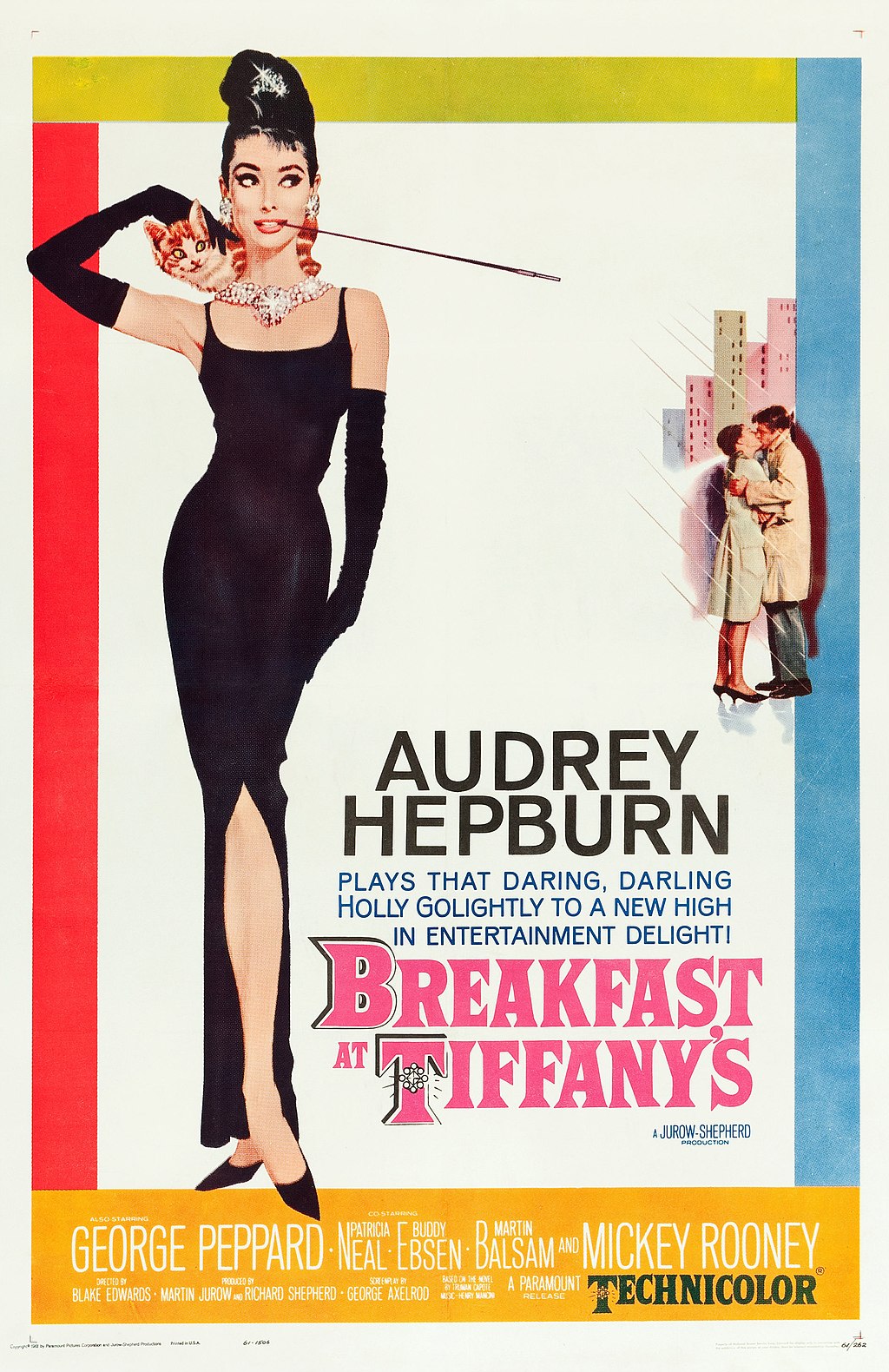
Movies have long been a showcase for fashion trends, with costume design influencing the public’s style choices. Iconic outfits from films such as Audrey Hepburn’s little black dress in Breakfast at Tiffany’s or Marilyn Monroe’s white dress in The Seven Year Itch have engrained themselves into fashion history. Celebrities, both on and off-screen, continue to inspire fashion with their red-carpet choices and personal style, often becoming brand ambassadors or launching their own fashion lines.
Collaborations between Art and Fashion
The fusion between art and fashion often results in groundbreaking collaborations that push the boundaries of traditional style. Fashion designers like Yves Saint Laurent found inspiration in the art world, notably with the Mondrian Collection in 1965, which featured dresses resembling Piet Mondrian’s block paintings. Contemporary labels frequently partner with artists to blend visual art and fashion, resulting in limited edition pieces that act as wearable art.
The interplay between these realms demonstrates the power of visual culture in shaping the fashion landscape, with movies, celebrities, and art offering boundless sources of inspiration and entertainment.
Modern Styles and Personal Expression
Fashion in recent times has seen a remarkable shift towards comfort, individuality, and blending function with fashion. This evolution reflects in everyday wear, as well as in the high fashion industry, where personal style has become a statement in itself.
Contemporary Casual and Athleisure
Casual wear has evolved to embrace athleisure, a style that combines sportswear with casual, everyday fashion. This trend has paved the way for items such as tracksuits, yoga pants, and sneakers to become mainstream, with brands like Keds providing comfortable footwear that complements these outfits. Athleisure represents more than just a fashion trend; it’s a lifestyle choice prioritizing functionality and comfort without compromising on style.
Key Athleisure Pieces:
- Sneakers: Essential for comfort and versatility.
- Tracksuits: Embraced for both sports and casual outings.
- Yoga Pants: Transitioning from workout gear to everyday wear.
Modern High Fashion Trends
High fashion has responded to the pulse of modern times by incorporating personal expression into its designs. Modern style is no longer about adhering strictly to seasonal trends; it’s about mixing high-end pieces with individual preferences to create a unique personal style. High fashion brands continuously reinvent and push the boundaries of traditional fashion, infusing their collections with a sense of personality and freedom that encourages wearers to express their individuality boldly.
Tendencies in High Fashion:
- Experimentation: Encouraging a mix-and-match approach to create unique ensembles.
- Boldness: Using color, texture, and avant-garde designs to make a personal statement.
By honoring comfort in casual wear and embracing individuality in high fashion, modern trends are both a reflection of contemporary lifestyles and a canvas for personal expression.
The Future of Fashion
The fashion industry is poised for a transformative shift as digital innovations and predictions for future trends signal a new era.
The Impact of Digital Innovations
Digital technology is rapidly reshaping fashion. Virtual reality (VR) is one such innovation that is expected to play a crucial role. It allows for immersive experiences where consumers can try on clothes virtually. Additionally, the rise of social media platforms has facilitated instant global communication, influencing fashion trends and enabling brands to market directly to consumers. The future might see smartphones and wearables becoming even more integrated with personal fashion, offering functionality alongside style.
- Virtual Reality (VR) and Augmented Reality (AR): Designers can showcase collections in imaginative virtual spaces.
- Artificial Intelligence (AI): Enables predictive fashion trends analysis and personalized shopping experiences.
- Sustainable Technologies: Innovations aimed at reducing the environmental impact of the fashion industry.
Predictions for Fashion Trends
Fashion trends of the past have always been indicative of the cultural and societal dynamics of their time. For the future, forecasts suggest a rise in functional fashion—clothes that do more than just cover or adorn the body. Metallurgic fabrics and the integration of straps and belts for a utilitarian look may echo the futuristic aesthetic reminiscent of the turn of the millennium. Another expectation is the prevalence of ethically produced fashion—garments crafted with sustainability and ethical sourcing at the forefront, in response to the growing environmental concerns.
- Material Innovation: Utilization of recycled and biodegradable materials.
- Design Evolution: Styles that reflect a blend of cultural history with modern practicality.
- Tech-Infused Wear: Garments with built-in technology for enhanced utility.
The industry’s direction is being charted by both consumer behavior and technological advancements, with the interplay between the two driving the future of fashion trends.
Fashion Education and Careers
The pathway to a career in fashion typically begins with formal education, where budding designers and industry professionals are equipped with foundational knowledge and skills. Accredited institutions offer a range of programs and degrees tailored to various aspects of the fashion industry, and the role of fashion publications cannot be underestimated in providing insights and ongoing education for those in the field.
Degrees and Programs in Fashion
Many universities and fashion schools offer specialized degrees and programs that cater to different career paths within the fashion industry. These educational programs often include:
- Associate’s Degrees: Often focused on technical skills in fashion design or merchandising.
- Bachelor’s Degrees: Provide a comprehensive education covering design, textile science, and fashion business.
- Master’s Degrees: Allow for specialization in areas like luxury brand management or advanced fashion design.
Here is a brief overview of common courses and specializations:
| Degree Type | Typical Courses | Specializations |
|---|---|---|
| Associate’s | Patternmaking, Draping, Textile Science | Fashion Design, Fashion Merchandising |
| Bachelor’s | Fashion Marketing, Fashion History, Accessories Design | Fashion Journalism, Sustainable Fashion |
| Master’s | Global Fashion Strategy, Fashion Tech Innovation | Costume Design, Fashion Photography |
Internships are also integral to fashion education, providing students with real-world experience and networking opportunities.
The Role of Fashion Publications
Fashion publications play a critical role in education and career advancement within the industry. They are a vital source of:
- Trend Analysis: Publications like Vogue and Elle offer insights into emerging trends.
- Industry News: Keeping readers informed on changes, events, and key players.
- Professional Development: Interviews and profiles can provide career guidance from industry leaders.
These resources not only inform but also influence the direction of the industry, keeping both professionals and enthusiasts abreast of significant movements and career opportunities.
Final Thoughts on the Impact of Fashion Trends
The exploration of style and fashion trends through the decades reveals a fascinating narrative of cultural, social, and economic shifts. Each era’s distinctive fashion sense, from the roaring twenties’ flapper dresses to the bold statement pieces of the eighties, reflects more than just aesthetic preferences; they embody the spirit and values of the time. The cyclical nature of fashion, where past trends often find their way back into contemporary wardrobes, illustrates a deep connection between history and modernity. It’s a continuous dialogue between the old and the new, where each generation both borrows from and reinvents the styles of the past. This journey through fashion history not only showcases the evolution of design and textiles but also highlights fashion’s role as a powerful medium for personal expression and societal commentary.
Moreover, as we look forward to future trends, it becomes evident that fashion will continue to evolve, driven by technological advancements, environmental considerations, and global influences. The increasing focus on sustainability and ethical production is set to redefine what is considered stylish, pushing both designers and consumers towards more conscious and responsible fashion choices. The rise of digital platforms and social media continues to democratize fashion, giving voice to diverse styles and perspectives from around the globe. As we embrace this era of unprecedented connectivity and awareness, the world of fashion stands on the cusp of a new revolution, where style is not just about looking good, but also about making a positive impact. The evolution of fashion is a never-ending story, one that we all contribute to and draw inspiration from, as we weave the fabric of our individual and collective identities.



